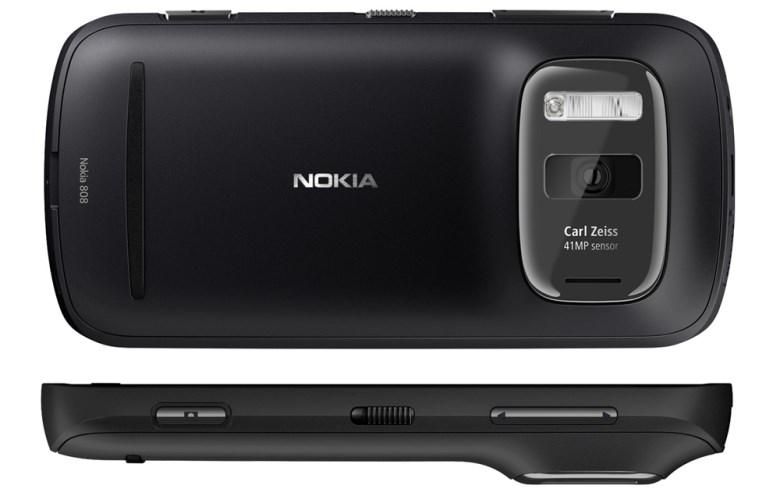There used to be a significant divide between “good” cameras and “point-and-shoot” varieties. Today, thanks to modern technology, that division is growing smaller.
In the past you could tell a hard-core photographer from an amateur by the size of their lens and the features on their camera. Today we have smartphones that can all take decent pictures, and a few that can take fabulous ones.
What’s made all this possible? Technology. Sensors have gotten smaller and more sensitive. Storage devices are getting smaller in size, larger in capacity, and faster in speed every day. And the OSes that power these devices are making it easier for amateurs to take professional-looking photographs.
Since we all carry a phone with us every day, it shouldn’t come as a surprise that camera companies are looking at partnering-up with smartphone companies to bring better picture-taking capabilities to our phones. Some have done better than others. Nokia, with its 808 PureView and upcoming EOS, has pushed the envelope in imaging, bringing 41MP with “loss-less” digital zoom to a smartphone platform. Samsung, on the other hand, has incorporated an optical zoom into some of its smartphones, most recently with the Galaxy S 4 Zoom, which Tony recently showed off in London.
There are some obvious differences in the approach between digital and optical.
Optical zooms have been considered “better” than their digital counter parts. Cameras with an optical zoom use lenses and telescoping mechanisms to reach further and take pictures of objects at greater distances. As distances increase, stability decreases, and pictures that have been optically zoomed can appear blurry unless adequately stabilized. Some consider the additional parts moving parts to be prone to breakage, and nested telescoping mechanisms are often frowned upon by professional photographers as they have the potential to let in light.
Digital zooms generally take the image that’s captured by the sensor and “blow up” the pixels that are being zoomed in on. This introduces blur due to inadequate stabilization, just as optical zooms can, but it also degrades the overall quality of the image, since you’re not really zooming in, you’re just blowing up pixels.
Nokia is doing things differently with its 41MP sensor in the 808, which we suspect will also be in the EOS next month. This approach achieves loss-less zoom by cropping towards the sensor’s 1:1 ratio. The results are impressive. If you haven’t taken a look at our comparison of the Nokia 808 PureView and the HTC One yet, you should! The results may surprise you.
In the Android world, we have decent cameras on most of our smartphones. We have good cameras with optical zooms on another few phones, and we have the HTC One trying to reinvent the pixel. What we’re missing is a huge sensor like Nokia is using. That’s what I want to see: an Android-powered PureView!
It’s not likely going to be a Nokia-built device because of Nokia’s relationship with Microsoft and Windows Phone. We’re probably not going to see a Carl Zeiss logo adorning the back of an Android for a while, either.
Nonetheless, cameras are in. And particularly good cameras on the backs of our phones aren’t far off. We’re going to have to shed our obsession with thinness and embrace the flowing curves of a larger sensor, but I’m okay with that. Are you?
What trade-offs are you willing to make in your next smartphone for it to include an amazing photo-sensor? Which of the three approaches do you think will win out: optical zooms, sensor cropping, or traditional digital zooms? Let us know your thoughts in the comments!

